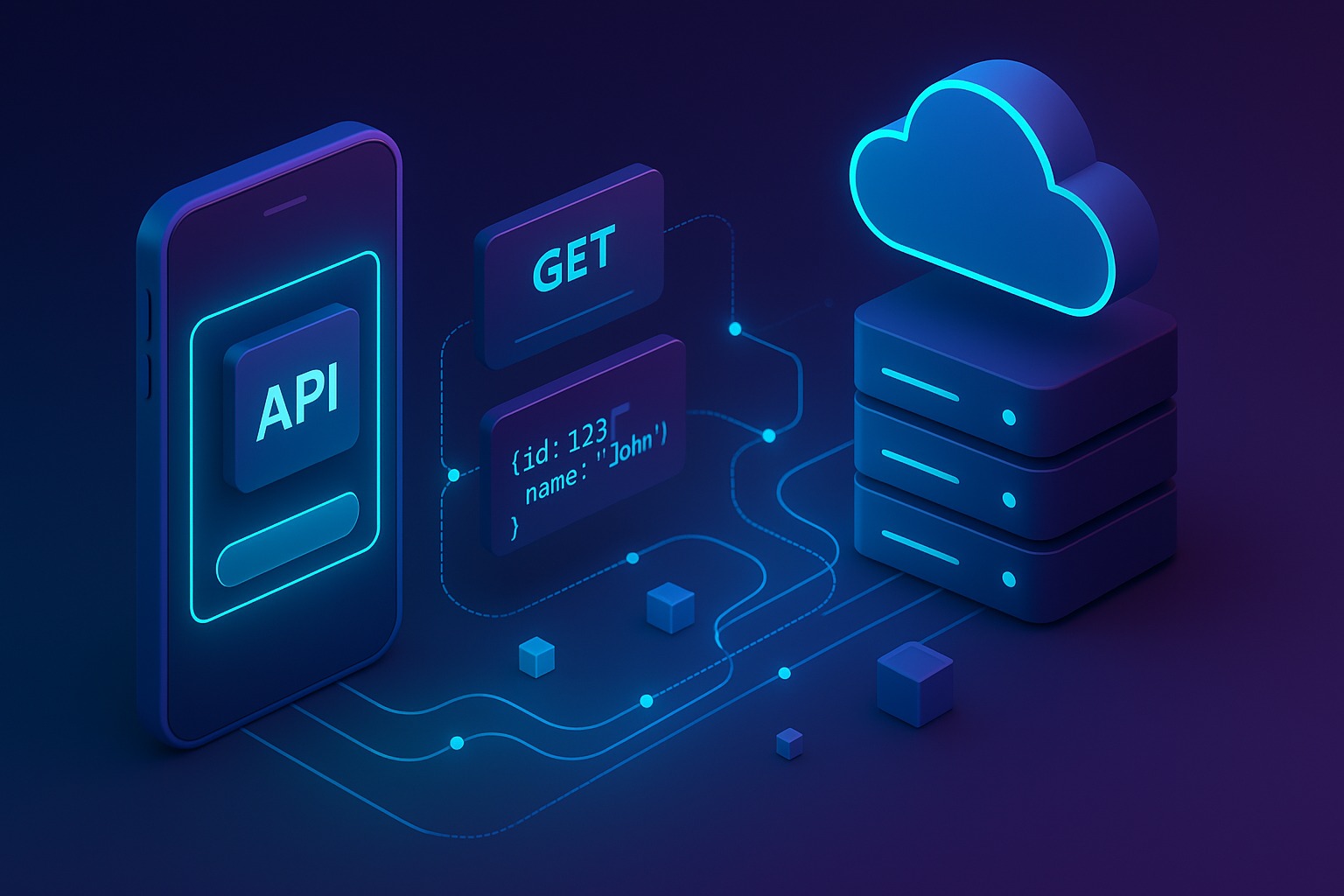In 2025, the digital threat landscape has evolved rapidly, and so have the methods used by cybercriminals. As businesses, governments, and individuals become more reliant on cloud services, AI, and IoT, the risks have become more complex and widespread. This year, several high-profile cybersecurity threats have made global headlines — underscoring the urgent need for stronger digital defense mechanisms. In this article, Tech Wonder uncovers the top cybersecurity threats of 2025, explores their impact, and offers insights into how you can protect your data in this new era.
1. AI-Powered Phishing Attacks
Artificial Intelligence is being used by cybercriminals to craft highly personalized phishing emails and messages that are nearly indistinguishable from real communications. These AI-generated scams have bypassed traditional filters and tricked even experienced professionals in 2025.
Key Target: Corporate emails, cloud accounts, remote employees
Protective Action: Deploy AI-based email security, train staff regularly on spotting advanced phishing signs.
2. Deepfake Cyber Scams
Deepfake technology has matured significantly, enabling attackers to impersonate CEOs and executives in real-time video calls. Some businesses have already suffered financial losses due to deepfake-fueled scams.
Example Incident: A Fortune 500 company transferred $20 million to a fake vendor after a deepfake video call from a “CEO.”
Protective Action: Implement strict multi-level verification protocols for high-value transactions.
3. Ransomware-as-a-Service (RaaS) Expansion
Ransomware-as-a-Service has grown into a billion-dollar underground industry in 2025. With low-code tools available on the dark web, attackers are now launching highly sophisticated attacks with minimal technical skills.
Trending Target: Healthcare, education, and smart city infrastructures
Protective Action: Regular backups, zero-trust architecture, and endpoint detection & response (EDR) solutions.
4. Zero-Day Exploits in IoT Devices
With smart homes and smart offices booming, zero-day vulnerabilities in IoT devices have become a prime target. In 2025, millions of routers, security cameras, and smart appliances were compromised in coordinated botnet attacks.
Notable Attack: A global botnet created by exploiting a flaw in a popular smart thermostat system.
Protective Action: Regular firmware updates, segmentation of smart devices on separate networks.
5. Quantum Computing Threats Emerging
Although quantum computing is still in early stages, experts warn that state-sponsored groups are preparing “harvest now, decrypt later” attacks — stealing encrypted data now to decode it later with quantum power.
Impact: Long-term breach of sensitive data like government records, healthcare info, and financial data.
Protective Action: Transition to quantum-resistant encryption algorithms.
6. Supply Chain Attacks
Hackers are compromising software supply chains to inject malware into trusted applications. In 2025, several large software vendors were breached, affecting thousands of downstream clients.
Recent Example: A well-known developer tool was compromised, impacting over 100,000 developers globally.
Protective Action: Conduct rigorous third-party risk assessments and adopt secure software development lifecycles.
7. Insider Threats with Generative AI Tools
Employees, knowingly or unknowingly, are misusing generative AI platforms to share confidential company data. This includes using sensitive info as prompts for AI tools, which may retain or misuse that data.
Protective Action: Educate employees on AI usage policies, and use data loss prevention (DLP) systems.
8. Attacks on EV Charging Infrastructure
With electric vehicles (EVs) becoming mainstream, cybercriminals are now targeting EV charging stations and associated mobile apps. Some attacks have shut down entire public EV charging networks.
Protective Action: Secure firmware, robust authentication, and blockchain-powered transaction logs.
9. Credential Stuffing on Biometric Systems
Biometric authentication isn’t immune to attacks. Cybercriminals are using stolen biometric data from past breaches to bypass facial recognition and fingerprint-based systems.
Protective Action: Use multi-modal biometrics (e.g., combining voice, face, and fingerprint) and behavioral analytics.
10. Social Engineering on the Metaverse
As more users and brands migrate to virtual environments, cybercriminals are exploiting avatars and virtual identities to trick users into giving up sensitive data in the metaverse.
Real-World Incident: A fake metaverse real-estate broker scammed dozens out of crypto assets.
Protective Action: Verify virtual identities and avoid transacting in unregulated metaverse spaces.
Conclusion
Cybersecurity in 2025 is no longer just a tech issue — it’s a critical aspect of every digital interaction. From AI-powered scams to quantum threats, organizations and users must stay proactive and informed. At Tech Wonder, we’re committed to keeping you ahead of these digital dangers with real-time insights, tips, and actionable strategies. Stay tuned for more updates and best practices to keep your data safe in an ever-evolving cyber landscape.




